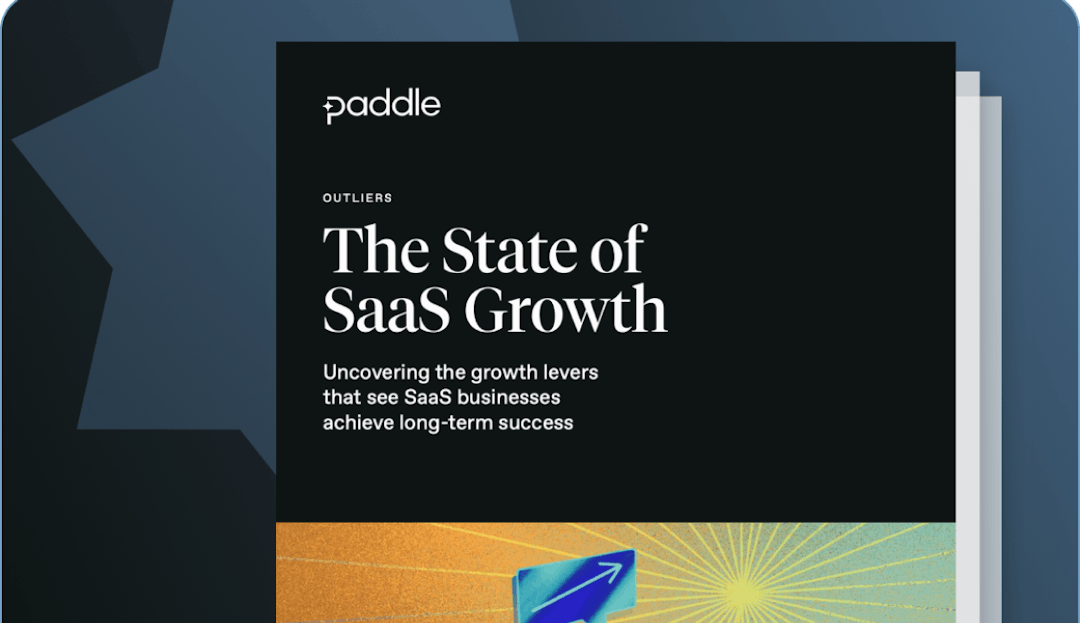The last 12 months haven't been short of SaaS headlines. From fundraising downrounds and limited access to capital to slowing growth and increasing levels of churn, we’ve all seen how geopolitical and economic uncertainty has changed the narrative for the SaaS industry.
But what’s actually happening behind those headlines?
We asked 100 SaaS CEOs, Founders, CFOs, and financial leaders to find out.
Our new report “Survive or thrive: How operational efficiency can strengthen SaaS in a downturn” goes beyond the commentary to uncover how SaaS leaders have responded to the changes in the market, and what they’re prioritizing in 2023.
Below is a look at some of the key findings (or can you read the full report here).
An optimistic market?
We wanted to see how SaaS leaders have found the year so far, and more importantly, how they feel about the next 12 months. While almost a third (29%) said they had found 2022 challenging, the average optimism for the year ahead was over 7/10 (7.08).
- 20% were very optimistic (9-10/10)
- Only 8% weren’t optimistic (<5/10)
So, despite a difficult year, SaaS leaders are still hopeful for the year ahead with growth and the size of opportunity cited as reasons why.
“There will always be crises but when you get through them, you have proved your company’s right to exist!”
Source: Paddle - Running a SaaS business in 2022 survey.
How the market has responded
While there’s no one-size fits all approach to successfully grappling with a downturn, our survey found that there has been four key focus areas:
1. Cash runway
Cash is king in a recession. Extending cash runway reduces the chances of you needing to raise investment in a time of limited capital, and extra cash in your reserves acts as a buffer if you do start collecting less revenue. Experts, including Craft Ventures Co-Founder David Sacks, advise SaaS businesses to extend their cash runway to two to four years to give businesses the best chance of riding out the storm.
- 46% of survey respondents have reforecasted, rebudgeted or reviewed how and when they will next raise capital.
- 16% have started to prioritize burn metrics.
- 23% have reviewed or consolidated app and software usage across the company.
2. Headcount planning
Layoffs and hiring freezes have dominated the headlines this year, from Hopin making 29% of its workforce redundant to Salesforce and Meta slowing down on hiring. So it’s no surprise that 35% of our survey respondents have made changes to their existing hiring plans.
But it’s not just about cutting back.
The downturn has given SaaS leaders the opportunity to focus on increasing human capital efficiency – doing more with the resources you have. From automating manual tasks to free people up to focus on higher value to work to focusing on employee retention and engagement, SaaS companies have been looking at how they can improve their employee experience and, in turn, their productivity.
3. Customer retention
In a market downturn, all companies can expect greater churn as customers feel the pinch. SaaS businesses that retain the most customers will therefore come out of the downturn in the healthiest shape.
Not only does retention guarantee revenue flow and extend cash reserves, but with budget freezes reducing sales and marketing spend, it’s considerably easier and cheaper to retain customers than find new ones.
Our survey found that 32% of SaaS companies have prioritized churn/retention to track business performance in 2022. With this, comes a greater focus on metrics like net revenue retention (NRR), renewal rate, churn, and customer lifetime value (CLV), all of which help show the sustainability of your business should revenue from new customers slow.
4. Account expansion
50% of our survey respondents have changed their go-to-market strategy. For some, this has meant placing great focus on collecting more revenue from existing customers to increase expansion revenue.
Why? Because happy customers buy more in a recession and it allows SaaS companies to increase revenue without the expensive task of acquiring new customers.
Tactics for increasing expansion revenue include upselling customers on to a higher subscription package as well as cross-selling or pushing add-on products and features that add value.
Priorities for 2023
In 2022, growth still reigned supreme with 60% of SaaS companies focusing on revenue growth metrics, such as Monthly Recurring Revenue (MRR), Annual Recurring Revenue (ARR) and Average Revenue Per User (ARPU), to track business performance.
In 2023, SaaS companies have a much broader array of priorities ranging from cash flow and profitability to headcount and churn.
In particular, SaaS companies will focus on three core areas in 2023:
- Efficiencies - The shift toward operational efficiency will continue next year with 31% of SaaS companies looking to control costs and achieve outcomes with fewer resources.
- Customers - For 25% of SaaS companies, 2023 is all about customer success, improving customer experience, and customer acquisition.
- Product - For 18% of SaaS companies, it all boils down to product. SaaS leaders know that if customers can’t live without their product, they have a high chance of seeing out the downturn if they can keep variable costs down.
Read the full report for more insights and practical tips for bolstering operational efficiency in your business.





